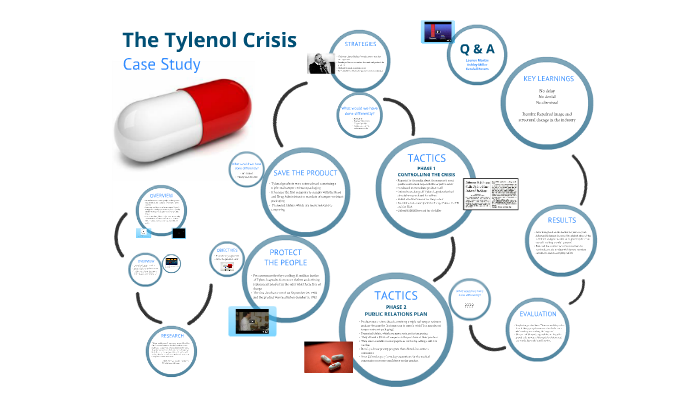 Tylenol as you know it today, has been one of the most known and highly used over the counter medicines for a while now. What you might not know about is what happened to the brand back in 1982. In the Chicago area, people started to drop like flies for seemingly no reason. The first death was maybe the saddest as a 12-year-old girl by the name of Mary Kellerman died unexpectedly and it was followed by 6 other deaths within the next 72 hours.
Tylenol as you know it today, has been one of the most known and highly used over the counter medicines for a while now. What you might not know about is what happened to the brand back in 1982. In the Chicago area, people started to drop like flies for seemingly no reason. The first death was maybe the saddest as a 12-year-old girl by the name of Mary Kellerman died unexpectedly and it was followed by 6 other deaths within the next 72 hours.
There was much confusion that came with these deaths, and it was heavily discussed by a group of local firefighters until they talked around and found out that every one of the victims had taken Tylenol before they died. It happened that 3 members of the same family had died, and a team was sent to their home to look at the remaining Tylenol they had in the container. Turns out that they had been taken off shelves, laced with cyanide which is very deadly and then put back on the shelves and bought. The amount of cyanide that was in these capsules was 10,000 times more the amount needed to kill someone, and it only took minutes to hours to shut down the bodies of these victims.

The crisis resulted in Johnson and Johnson who is the owner of Tylenol, desperately trying to clear the company’s image. The first order of business was to let the public know that the cyanide was added by an outside source, and not by one of the companies’ manufacturers. It was hard to prove this, but when even proven as the truth, it was still hard for the nation to go back to the brand. (Snyder) While losing some credibility J&J made a move that would lose them plenty of money, but they still went ahead and pulled all Tylenol off shelves around the country. This recall led to four capsules of Tylenol that were also laced with Cyanide to be found in the Chicago and New York area. Even with the quick actions of the company the media jumped all over the deaths and the company was hurt in every aspect. Many shareholders dropped out, and it was assumed that J&J did not have much time before they went under. They did not let the outside noise stop their goal to make Tylenol a safer product, and for over-the-counter products as a whole to become more secure.
The Tylenol crisis was a horrible situation that affected many different people, and while it was horrible it did change some things for the better. One of the first repercussions of the murders was J&J developing safer ways to keep future customers safe. They achieved this using two different methods, the first being the use of surveys. They used surveys to see real customer response and see what they can do to make the product reliable again. However, it was described in a report done by Leonard Synder that the survey was “improperly designed,” and that there was bias towards their product throughout. Regardless, the surveys helped ease customers back into buying the product. The other way J&J executed their goal was by working with the Food and Drug Administration to make packaging that could not be tampered by any outside source after it left the manufacturing site. (PBS) This new type of packaging sets the standard of what we see in medication today. They also made changes in what the tablets look like to make them less likely to be tampered with at all. These changes were not just changed at the industrial level, but there were also changes federally. Previously it was not a federal crime to tamper with consumer products and this all changed with the Tylenol bill. The Tylenol bill was passed on December 17, 1982, a little less than four months after the murders took place. It states, “make it a federal offense to maliciously cause or attempt to cause injury or death to any person, or injury to any business’s reputation, by adulterating a food, drug, cosmetic or other products.” (congress.gov).
Read more: Link to Full Paper